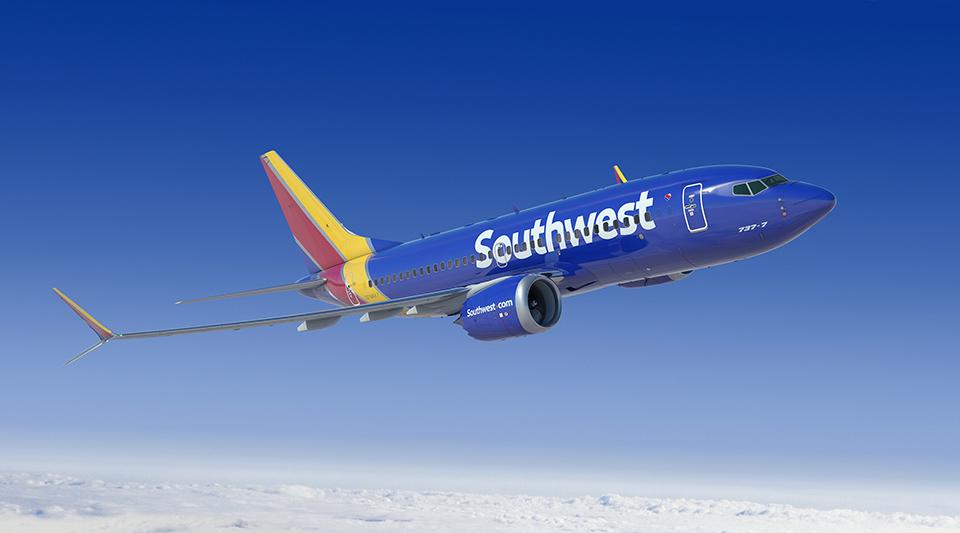Southwest Airlines’ 2023 Double-Digit Growth Target Remains In Play

Strengthening demand and progress on getting more pilots trained has Southwest Airlines confident that it can meet full-year 2023 growth metrics that include boosting capacity 15% over 2022 and leveraging its growing fleet that could top 840 aircraft in a year.
Southwest’s growth plans hinge on two related factors: how quickly it can get new Boeing 737 MAXs delivered, and how many pilots it can get through training to staff them. Its revised fleet plan, released during the carrier’s Dec. 7 investor day event, has it taking a total of 66 737 MAXs this year and about 100 next year.
The figures represent a subset of planned 2022 deliveries that have been pushed to 2023 due to Boeing’s inability to hand over 737 MAXs at its planned pace and not having the 737-7—which was once a major part of Southwest’s 2022 fleet modernization plans—certified.
“My guess would be when [2023] is done it won’t be exactly either of those numbers. It’ll move a little bit. It’s just like it moved here in 2022,” CEO Bob Jordan said. “The good thing is it doesn’t change our ability to execute our capacity plan because the constraint is still pilot hiring.”
Southwest plans to retire 26 737-700s in 2022 and 27 in 2023, a figure Jordan conceded is “a bit lower” than the carrier’s annual target of 30-35.
The changes will leave Southwest with 768 aircraft at the end of 2022, and 841 at the end of 2023.
“Given the aircraft delivery delays and uncertainty around the timing of the MAX 7 certification, it makes sense for us to hold on to a few more 700s,” he said.
Southwest is the largest 737-7 customer, with orders for more than 180. But the aircraft’s prolonged certification program has forced the carrier to modify its order book and delivery schedule, adding 737-8s and pushing 737-7s back.
A year-end deadline that would prohibit the 737-7 from being certified without a more modern flight-crew alerting system is among the program’s complications. Southwest is confident that Congress will grant Boeing more time to get the 737-7 certified as designed, but ambiguity around the timing means the carrier isn’t counting on 737-7s in its network plan until the second half of 2023 at least.
“We’re likely to not fly the 737-7 until late in 2023,” Jordan said. “It’s just the math of some number of months to be certified and then six months to put it into service.”
The carrier’s largest constraint remains pilot throughput.
“We’re getting pilots. Lots of pilots. Great pilots,” Jordan said. “It’s that the classrooms are full, the [simulators] are full. The pilot hiring does not go across the aircraft constraint till late next year, in the fourth quarter in all likelihood.”
Southwest expects to close out 2022 with a 13-17% increase in fourth-quarter (Q4) operating revenues compared to Q4 2019, while capacity will be down 2%. CASM-ex will be up 14-18%
First quarter 2023 guidance includes a 10% capacity increase and flat CASM-ex compared to second quarter 2022.
“Based on current bookings first quarter 2023 revenue trends appear strong and we currently expect a significant operating revenue increased year-over-year,” CFO Tammy Romo said.
In addition to a 15% year-over-year capacity boost, Southwest’s full-year 2023 targets include reducing CASM-ex 1-3% compared to 2022.



